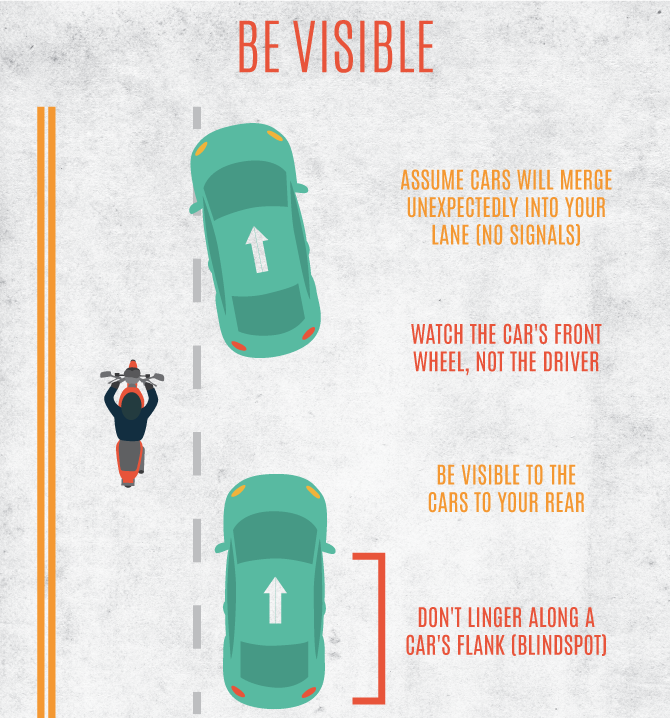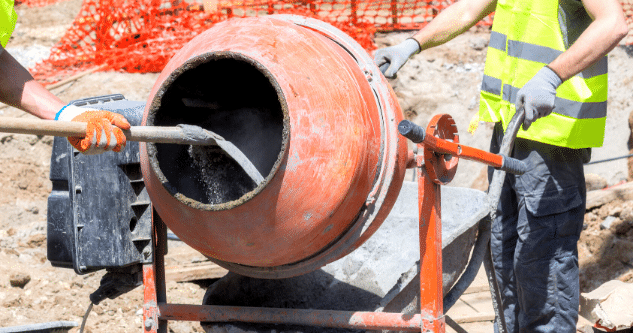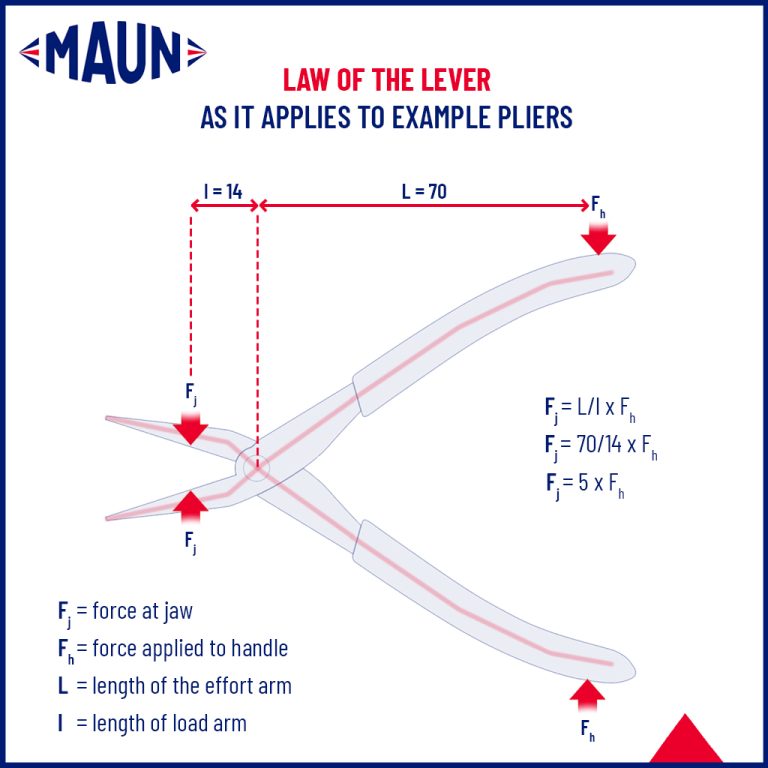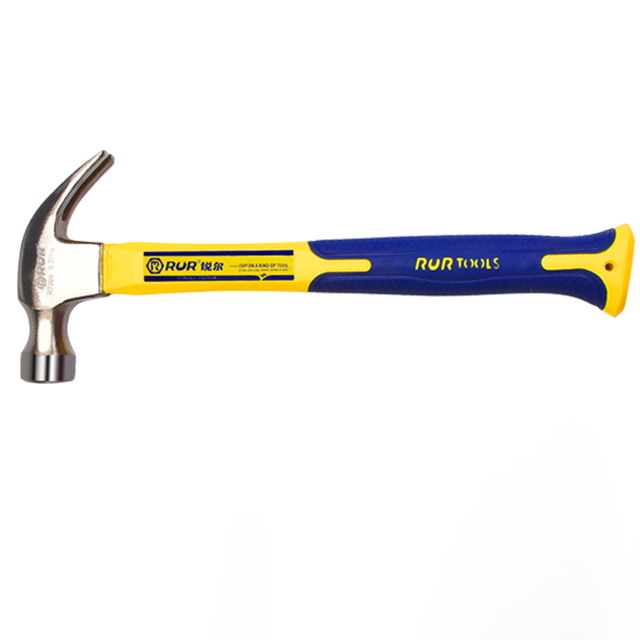10 Easy Steps to Selecting the Right Excavator Bucket Type
Choosing the correct excavator bucket type is essential for enhancing productivity, efficiency, and safety on your job site. Here are 10 easy steps to help you select the right bucket for your needs:

Step 1: Define Your Project Requirements
- Identify Tasks: Determine the main tasks you need the excavator to perform (e.g., digging, grading, or loading).
- Project Size: Assess the overall size and scope of the project.
Step 2: Assess Material Types
- Material Composition: Identify the types of materials you will be handling (e.g., clay, gravel, rock).
- Soil Conditions: Evaluate the soil’s density and moisture levels.
Step 3: Understand Excavator Specifications
- Excavator Size: Check the size and weight capacity of your excavator to ensure compatibility with different bucket types.
- Attachment System: Determine the type of attachment system your excavator uses (e.g., pin-on, quick coupler).
Step 4: Evaluate Bucket Capacity
- Volume Requirements: Calculate the volume of material you need to move and select a bucket that can accommodate that volume efficiently.
- Load Weight: Ensure the bucket’s capacity aligns with the weight limits of your excavator.

Step 5: Consider Terrain and Job Site Conditions
- Ground Type: Assess the type of terrain and any obstacles that may affect bucket performance.
- Access Space: Evaluate the space available for maneuvering the excavator and bucket.
Step 6: Review Bucket Types
- Research Options: Familiarize yourself with various bucket types, such as:
- General Purpose Bucket
- Ditching Bucket
- Heavy-Duty Bucket
- Rock Bucket
- Grading Bucket
- Skeleton Bucket
- Tilting Bucket
Step 7: Analyze Efficiency and Productivity
- Performance Requirements: Determine how different bucket types can improve productivity and reduce operational time.
- Material Handling: Assess how well each bucket type handles the specific materials you will be working with.
Step 8: Consider Cost-Effectiveness
- Budget Constraints: Establish a budget for purchasing or renting the bucket.
- Long-Term Value: Factor in potential savings from reduced wear, lower fuel consumption, and increased efficiency.
Step 9: Prioritize Safety
- Operator Experience: Evaluate the skill level of your operators and their familiarity with different bucket types.
- Safety Features: Look for buckets that enhance stability and control during operation.
Step 10: Make Your Decision
- Consult Experts: Seek advice from equipment suppliers or industry professionals if needed.
- Test the Bucket: If possible, test the selected bucket type on a small scale before full implementation.
Conclusion
By following these 10 easy steps, you can confidently select the right excavator bucket type that meets your specific project needs. Taking the time to assess your requirements, materials, equipment, and safety considerations will lead to better productivity and efficiency on your job site. If you have any questions or need further assistance, feel free to ask!




